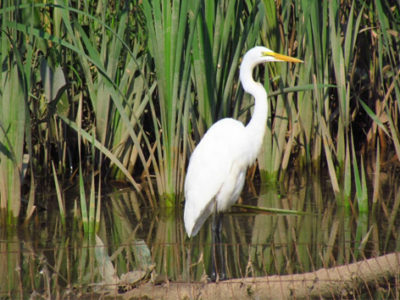Chesapeake Bay
Chesapeake
EPA needs to take a hand to keep the restoration plan on track. We’ll see how that goes soon.
The effort to restore Chesapeake Bay is something I knew vaguely about but had never looked into. A new on-line dashboard of relevant material inspired me to take a deeper dive. The restoration plan is definitely worth a closer look., It’s the U.S. leading effort to reduce“nonpoint source” water pollution such as agricultural runoff. It …
CONTINUE READINGDear Washington Post: Chesapeake Bay *is* unbalanced
An article in the Washington Post yesterday ran with the headline, “Crabs, supersized by carbon pollution, may upset Chesapeake’s balance.” Not to nitpick, but Chesapeake Bay is unbalanced and has been that way for well over a century. The article references some interesting research from the University of North Carolina that looks at the effects …
Continue reading “Dear Washington Post: Chesapeake Bay *is* unbalanced”
CONTINUE READINGTMDL Fight Brewing in Chesapeake Bay
On December 29, 2010, EPA finalized a plan to reduce nutrient pollution in Chesapeake Bay by implementing a Total Maximum Daily Load (TMDL) budget using its Clean Water Act authority. That plan will require a 25% reduction in nitrogen, a 24% reduction in phosphorus and a 20% reduction in sediment throughout the watershed. This includes …
Continue reading “TMDL Fight Brewing in Chesapeake Bay”
CONTINUE READINGMore proof that economics does not run the world
The Washington Post has a fascinating story today about Maryland abandoning its reverse auction strategy to buy up small crabbing licenses. The scheme was cooked up by a bunch of economists, and apparently neither they nor state officials thought to talk to any of its targets before implementing it. According to the story, there are …
Continue reading “More proof that economics does not run the world”
CONTINUE READING(Asian) oysters on the half shell
Almost two months ago, I blogged that a decision was expected soon about whether to deliberately introduce an Asian oyster to Chesapeake Bay in the hope of reviving the Bay’s flagging oyster harvest. Well, it may not qualify as “soon,” but the Washington Post reports that the U.S., Virginia, and Maryland have agreed to halt …
Continue reading “(Asian) oysters on the half shell”
CONTINUE READINGWhich oysters for the Chesapeake Bay?
Sunday’s Washington Post reports that a decision is expected soon on whether to deliberately introduce the Suminoe oyster, native to China and Japan, to the Chesapeake Bay. A decision would mark the end of an analytic process that has been going on for more than 10 years. The U.S. Army Corps of Engineers issued a …
Continue reading “Which oysters for the Chesapeake Bay?”
CONTINUE READING




